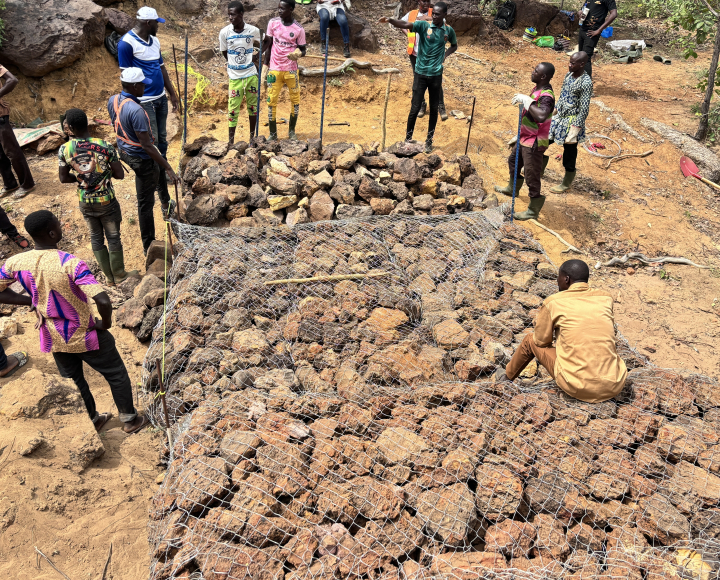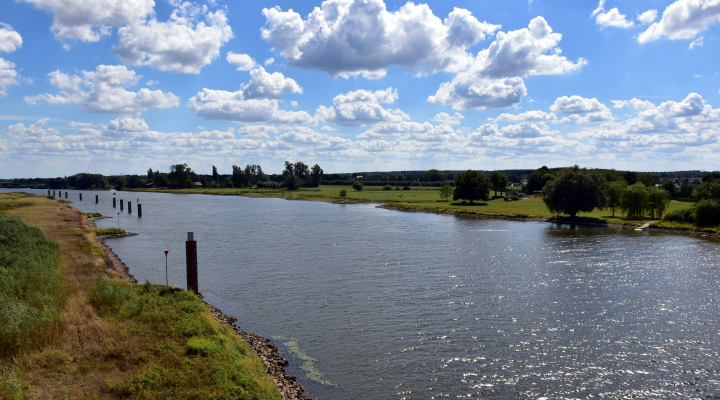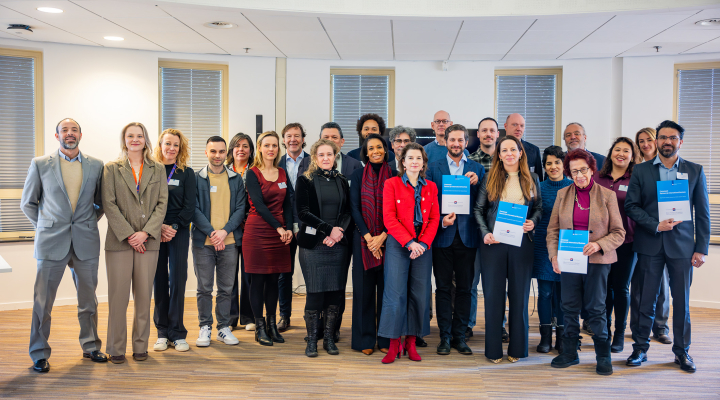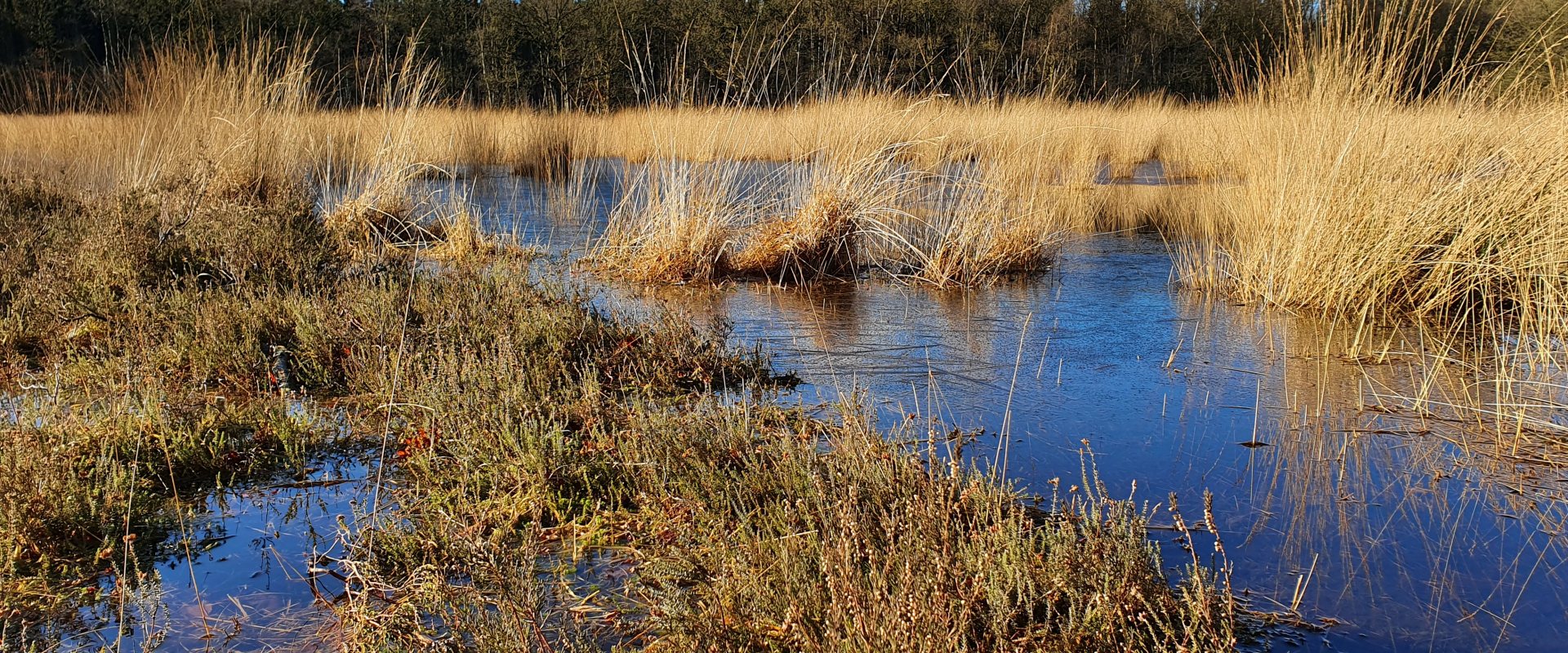
Wetlands as sustainable tool for counteracting climate change
In a study published in the journal Science, a team of researchers from the Netherlands, US and Germany shows that salt and freshwater wetlands capture and store huge amounts of CO2 through the plants that build these landscapes. The good news is that restoration of these wetlands is improving, amplifying their ability to be used as nature-based and sustainable tool for counteracting climate change.
Peat bogs, salt marshes, mangrove forests and seagrass beds cover only 1% of the Earth's total surface, but sequester more than 20% of all the CO2 absorbed by ecosystems worldwide. This shows that wetlands disproportionately contribute to carbon sequestration globally. In their study, the team shows that oceans and forests hold the most CO2 globally, followed by wetlands.
"But when we look at the amount of CO2 stored per square meter, it turns out that wetlands store about five times more CO2 than forests and as much as 500 times more than oceans,” says first author Ralph Temmink, wetland ecologist at Utrecht University. “Peat bogs, salt marshes, mangrove forests and seagrass beds are therefore global 'hotspots' of CO2 storage,” he adds.
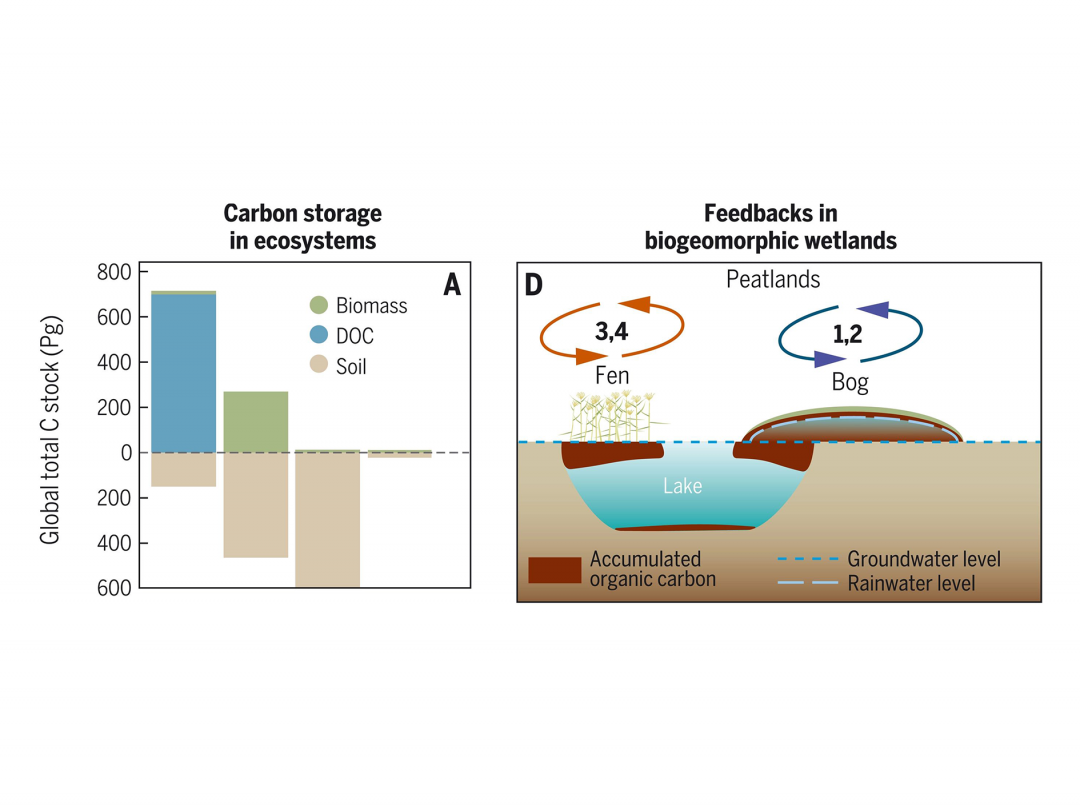

From hotspot to carbon source
In wet ecosystems, plant growth and carbon deposition in the soil stimulate each other. The power of feedbacks between vegetation and geomorphology in creating ‘carbon capture hotspots’ is now demonstrated by scientists from Utrecht University, the Royal Institute for Sea Research (NIOZ), Radboud University and the University of Groningen, in the Netherlands, the University of Florida and Duke University in the United States and the University of Greifswald in Germany.
However, the ability of wetlands to store carbon heavily depends on these feedbacks that allow wetlands to continue to develop over long time periods. When these feedbacks break down, wetlands can become carbon sources. In total, wetland degradation is contributing about 5% of our global annual CO2 emissions.
"The good news is that with this knowledge, large-scale restoration of these important wetlands is now within reach,” says Tjisse van der Heide, researcher at NIOZ and professor of coastal ecology at the University of Groningen.
Opportunities for nature and society
This study highlights that biogeomorphic wetlands serve as the world’s biotic carbon hotspots, and that conservation and restoration of these hotspots offer an attractive contribution to mitigate global warming. The researchers would even argue that implementing large-scale wetland restoration actions can facilitate humanity in its pursuit of targets set by the Paris Agreement and the United Nations Decade on Ecosystem Restoration.
The research has been well received by nature-conservation organisations as well as the industry.
Teo Wams, director of Dutch nature managing NGO Natuurmonumenten: “The study shows how important peatland and salt marshes are, and illustrates that we should take good care of these valuable ecosystems. Also, this knowledge helps us to improve management and restoration of unique landscapes”.
The industry also sees opportunities: “We have been supporting research on restoration of CO2-capturing ecosystems for years. It is an important aspect of the ‘Building with Nature’ concept, and we expect it to become an important part of future hydraulic engineering projects”, says Mark van Koninksveld, R&D and Innovation Manager at the international marine contractor Van Oord.






